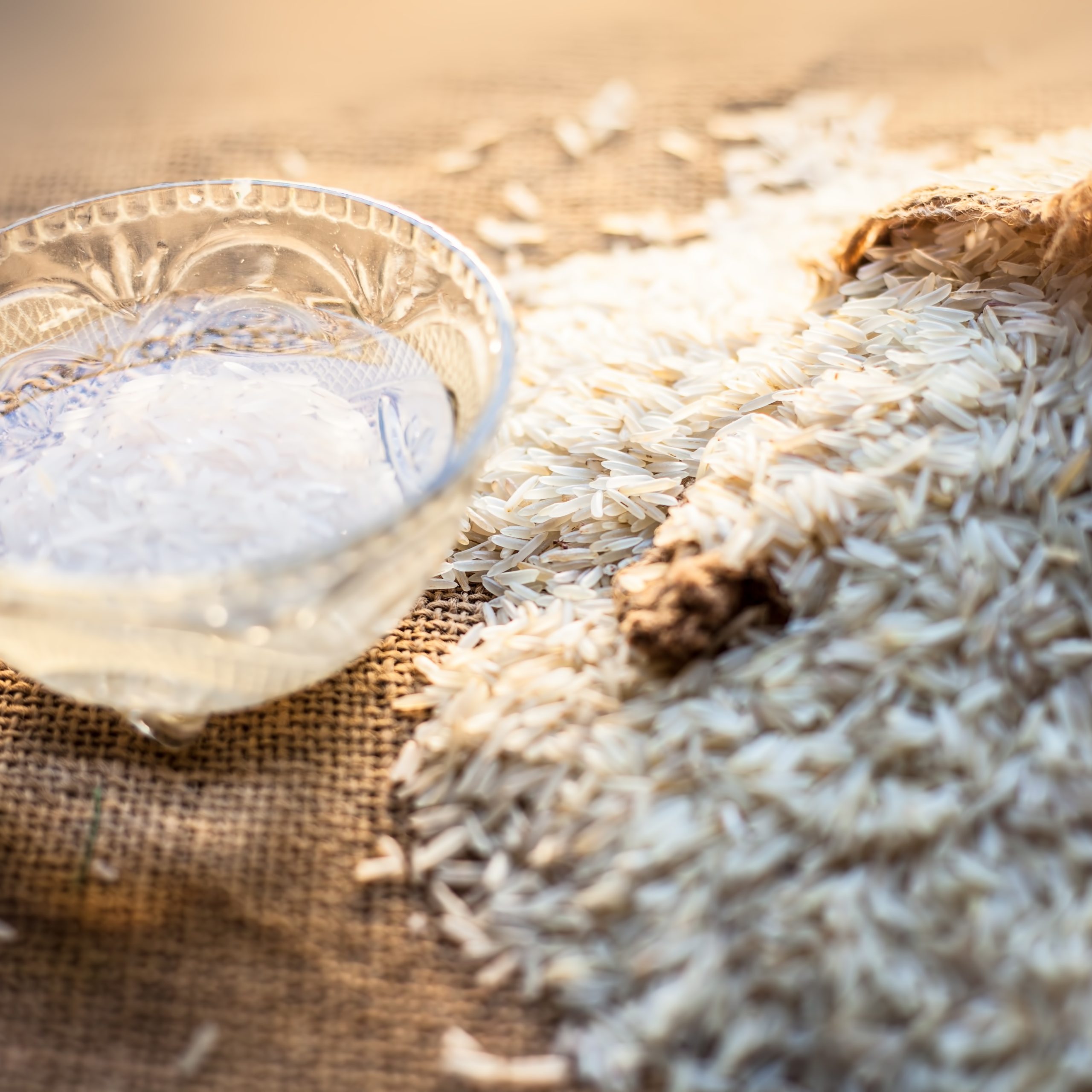Tips for improving your soil microbiome

A thriving soil microbiome is not just essential for larger crop yields and healthier plants, but it also plays a pivotal role in combating plant diseases and simplifying gardening. Soil expert Logan Hailey, who draws on his experience as an organic farmer, sheds light on the crucial function of beneficial soil microbes and offers practical advice for cultivating a rich microbial community in your garden.
Soil hosts the planet’s most biodiverse ecosystems, surpassing even the diversity found in rainforests. This complex medium is more than just minerals and rock fragments; it teems with billions of microorganisms that are fundamental to plant life. These organisms, collectively known as the soil microbiome, are instrumental in enhancing crop yields, reducing plant diseases, and promoting healthier plants.
While microbes such as bacteria, fungi, protozoa, and nematodes often carry a negative connotation due to their association with diseases, in reality, less than 1% of them are harmful to plants or humans. The vast majority are either benign or beneficial, playing a critical role in nutrient cycling and plant growth.
The soil microbiome functions similarly to a plant’s external digestive and immune systems. These microbes are essential for making nutrients available to plants, transforming minerals into digestible forms, aiding water and nutrient uptake by roots, decomposing organic material, and protecting plants from pathogens. This microbial activity is comparable to the human gut microbiome, vital for digestion and immunity, suggesting that healthy soil can diminish or even eliminate the need for chemical fertilizers while safeguarding plants against diseases.
A mere teaspoon of healthy soil can contain over a billion microorganisms. The diversity within this microbiome is key to its effectiveness, allowing beneficial organisms to outcompete harmful ones.
However, the health of soil microbiomes is under threat due to practices like excessive tilling, the use of synthetic fertilizers and herbicides, and the reduction of organic matter. These activities can disrupt the intricate microbial communities, leading to degraded soil structure, reduced biodiversity, and a host of problems for plant health that complicate gardening efforts.
Microbes are often unsung heroes in the garden, doing much of the heavy lifting in nutrient processing and disease prevention. By fostering a rich soil microbiome, gardeners can enhance their soil’s health and productivity, leading to bountiful and nutritious harvests with fewer inputs and less labor.
In his guide, Hailey outlines six straightforward steps to enrich soil microbiology, from adding organic matter to reducing soil disturbance and avoiding synthetic chemicals. By adopting these practices, gardeners can transform their gardens into robust ecosystems that not only yield more abundant and healthier crops but also contribute to a more sustainable form of agriculture.
Source: Epic Gardening



